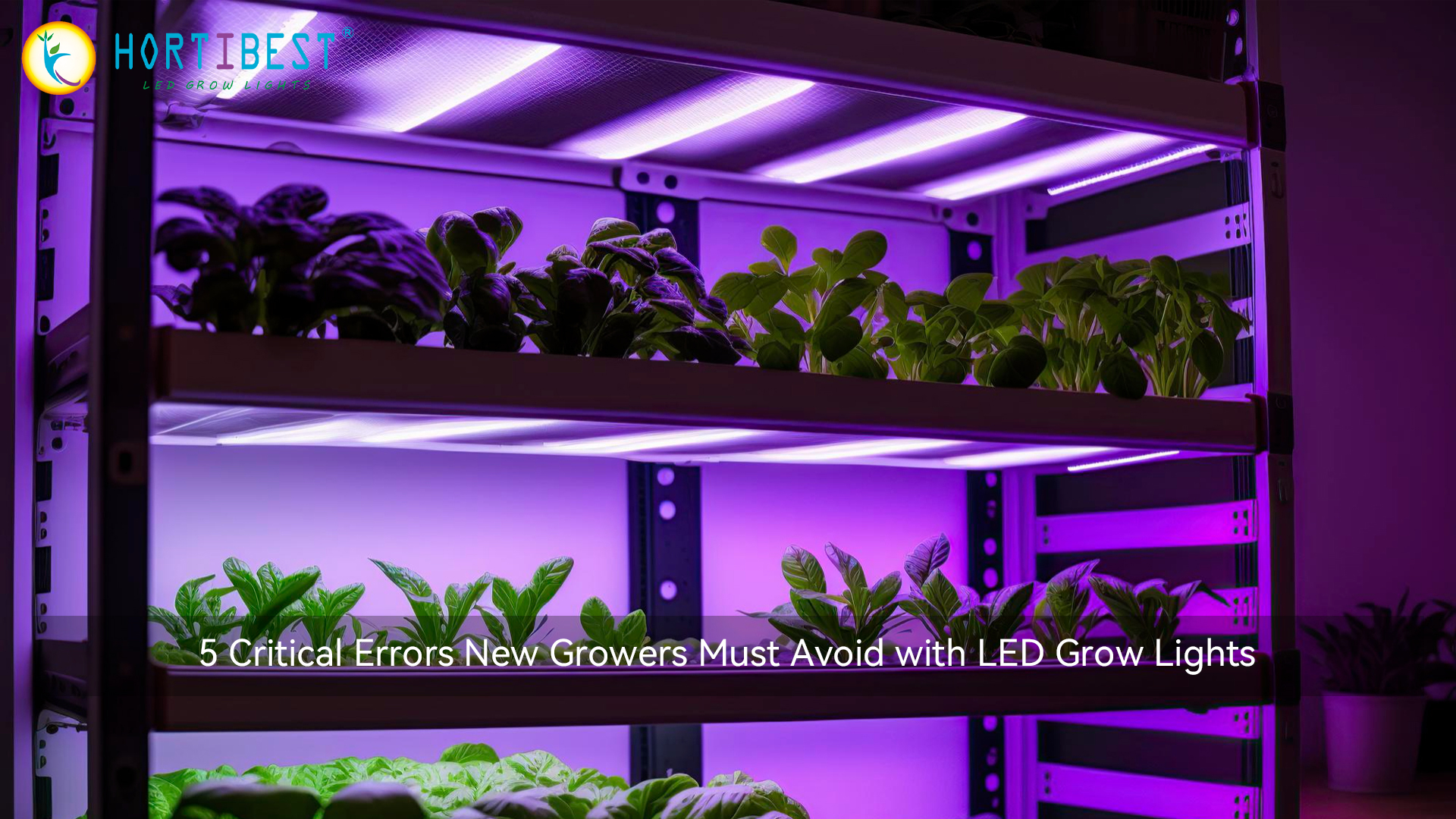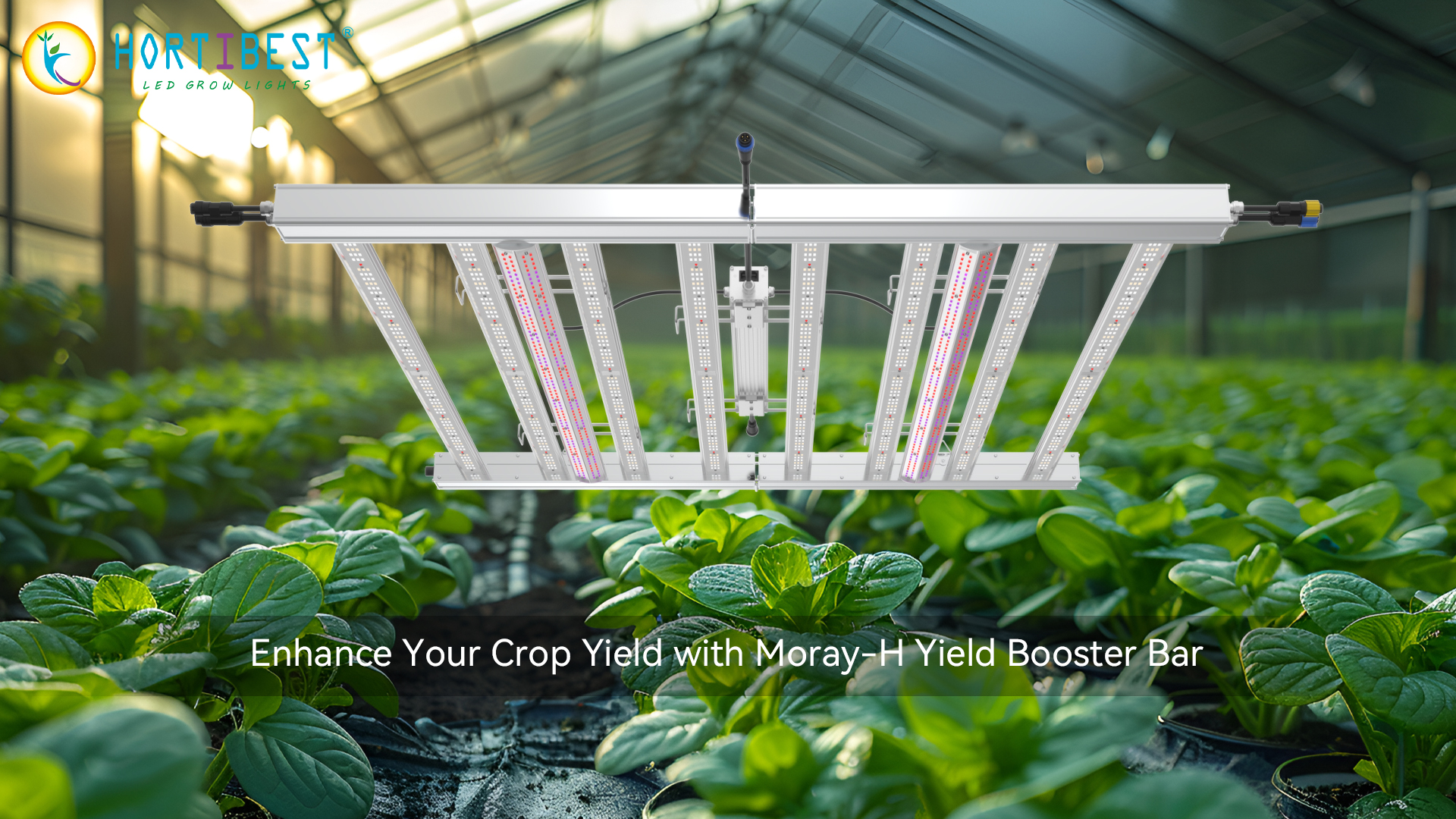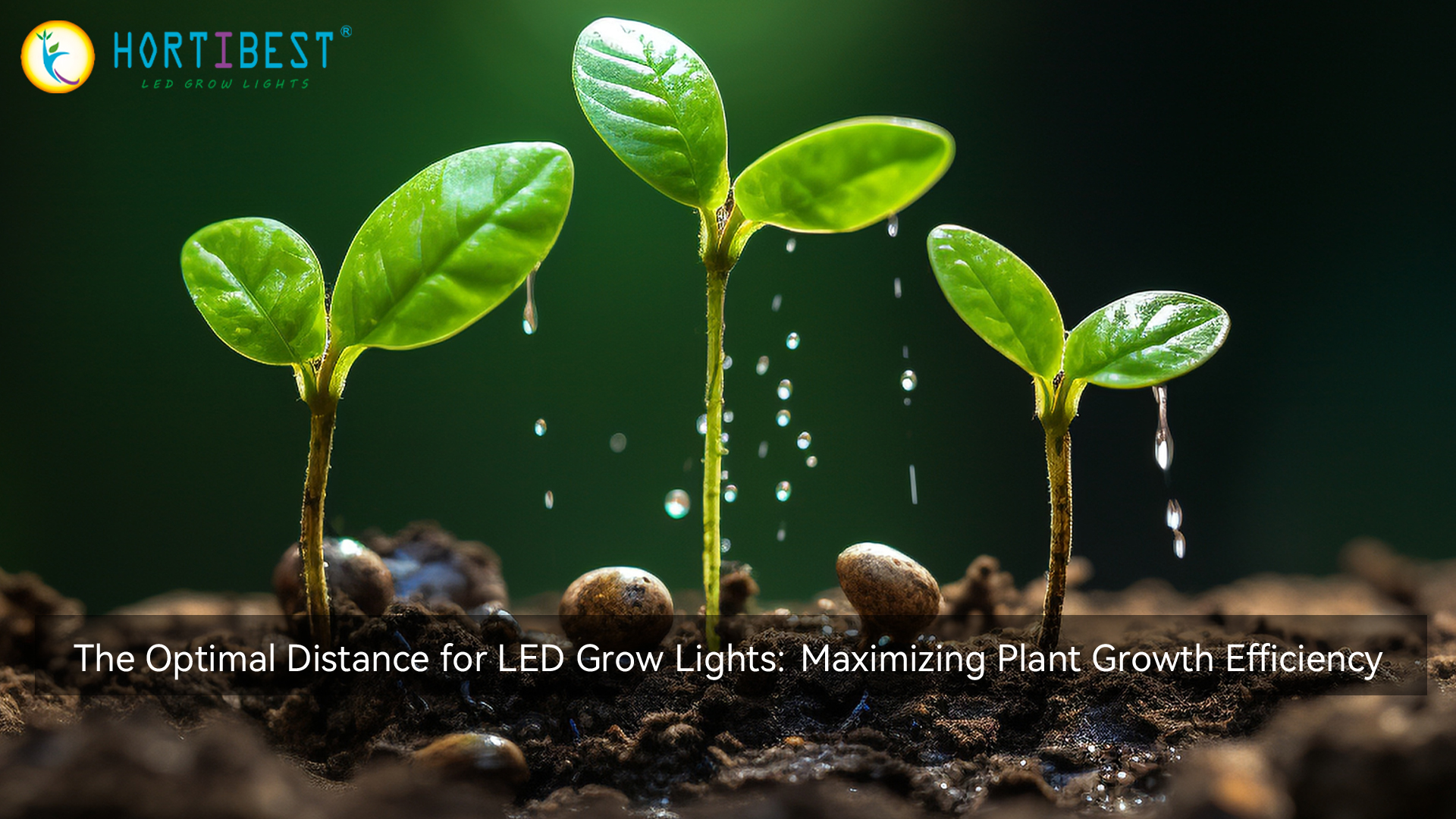 5 Critical Errors New Growers Must Avoid with LED Grow Lights
5 Critical Errors New Growers Must Avoid with LED Grow Lights
Apr .22.2024
As seasoned experts in horticulture and lighting technology, we've identified five crucial mistakes that, when rectified, can transform your cultivation endeavors. Join us as we dissect these errors and provide actionable solutions for optimizing your indoor gardening experience.
 Enhance Your Crop Yield with Moray-H Yield Booster Bar
Enhance Your Crop Yield with Moray-H Yield Booster Bar
Apr .15.2024
Are you tired of dealing with outdated LED plant grow lights that fail to provide the required light efficiency after prolonged use? Many farmers face the dilemma of either bearing the high cost of replacing all old lighting fixtures or compromising on the quality of plant growth. To address this common issue among customers, Hortibest has developed the Moray-H LED grow light, designed specifically to boost crop yield effectively.

 5 Critical Errors New Growers Must Avoid with LED Grow Lights
5 Critical Errors New Growers Must Avoid with LED Grow Lights
 Enhance Your Crop Yield with Moray-H Yield Booster Bar
Enhance Your Crop Yield with Moray-H Yield Booster Bar
 The Optimal Distance for LED Grow Lights: Maximizing Plant Growth Efficiency
The Optimal Distance for LED Grow Lights: Maximizing Plant Growth Efficiency